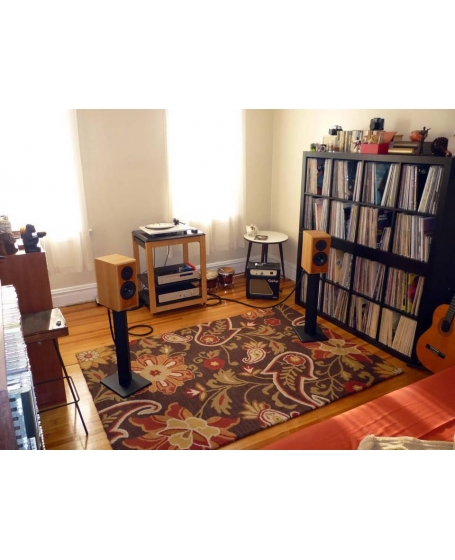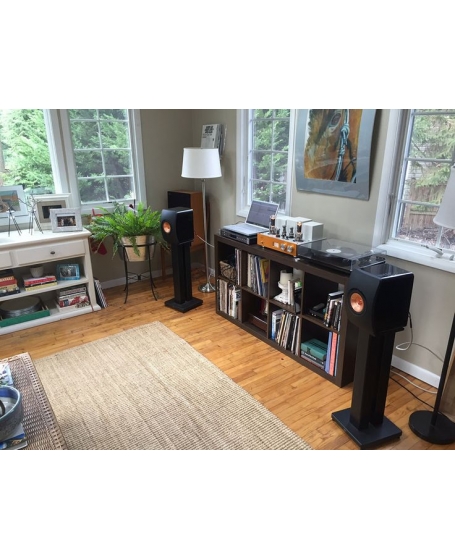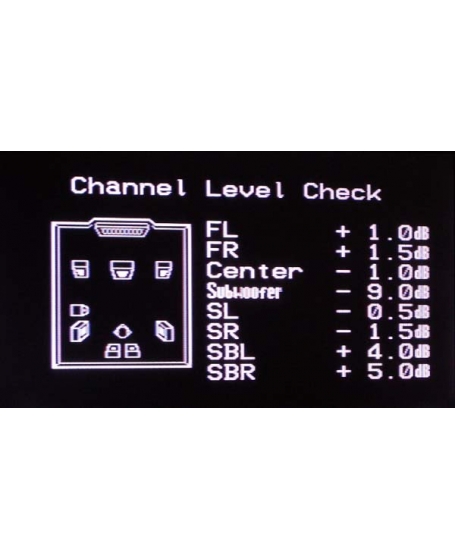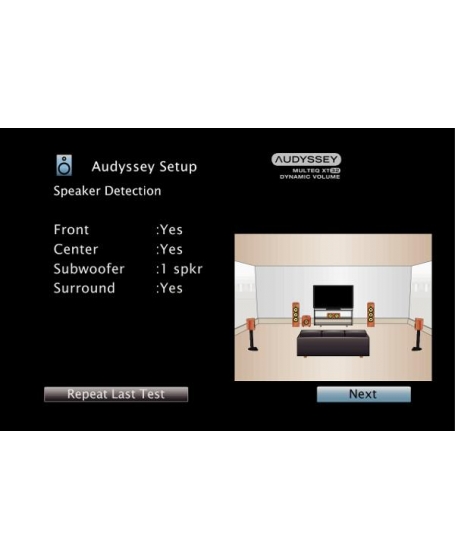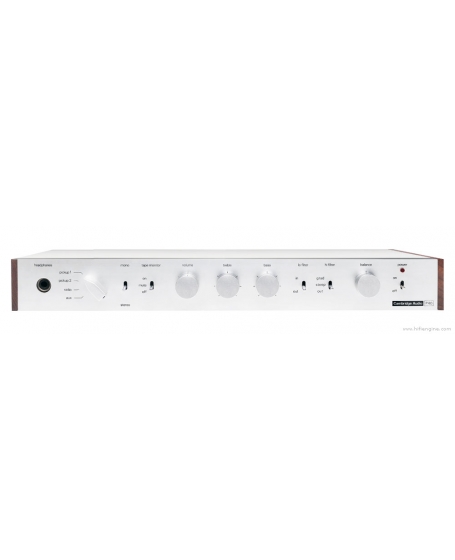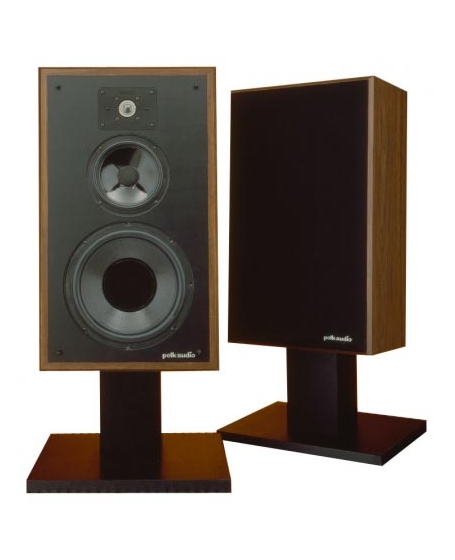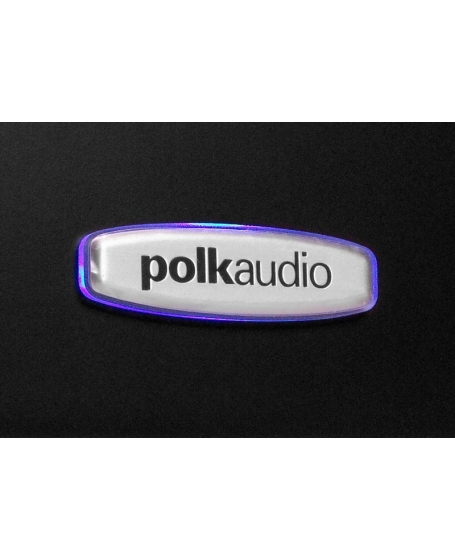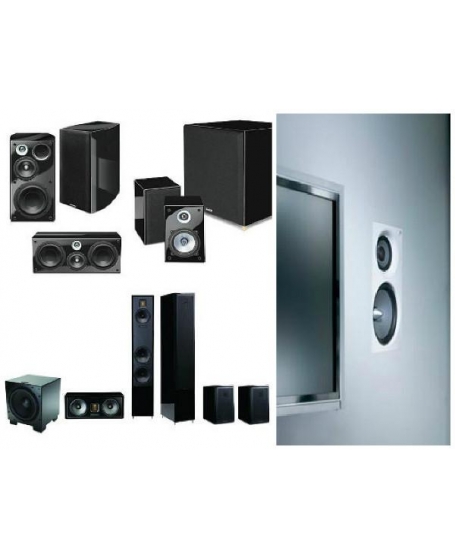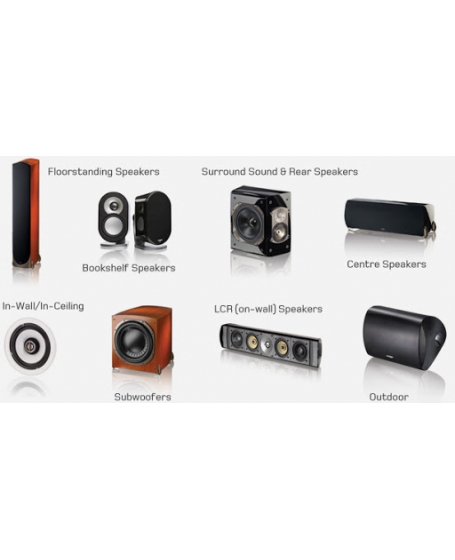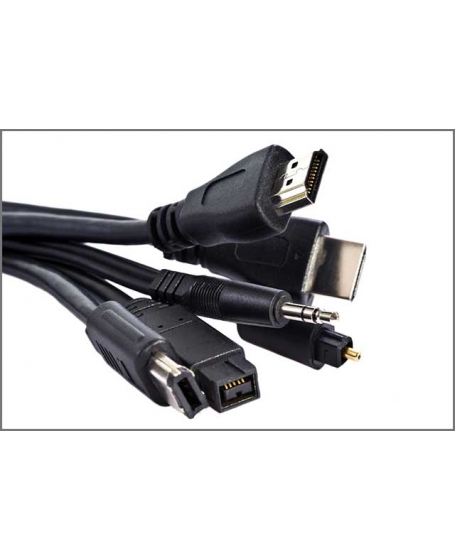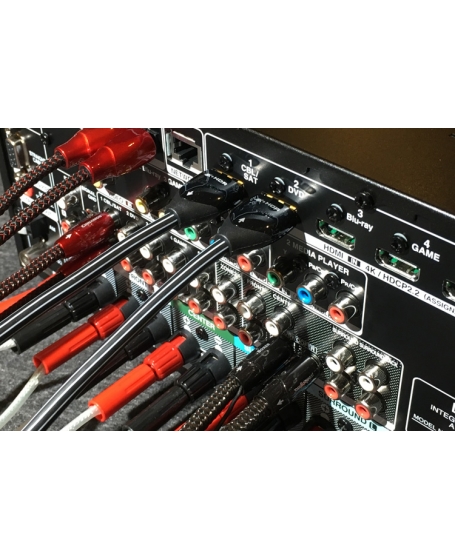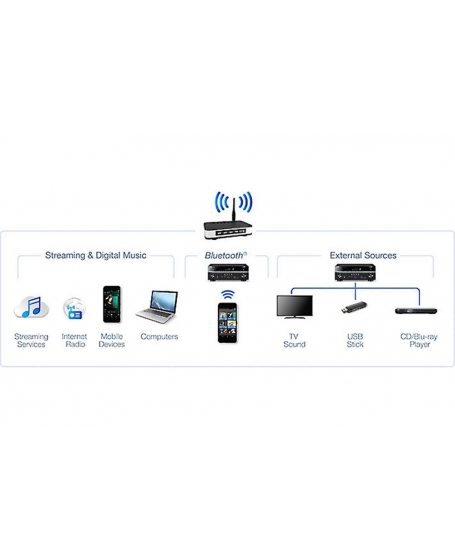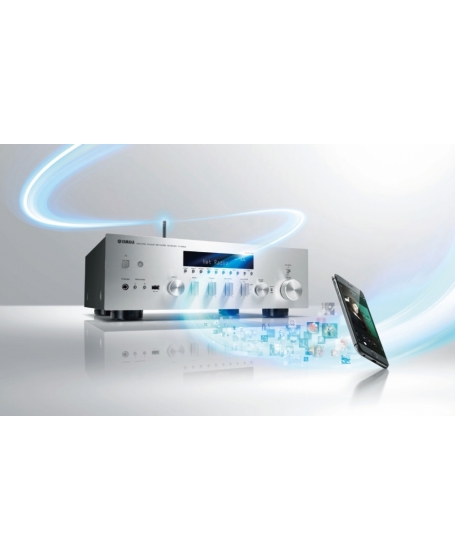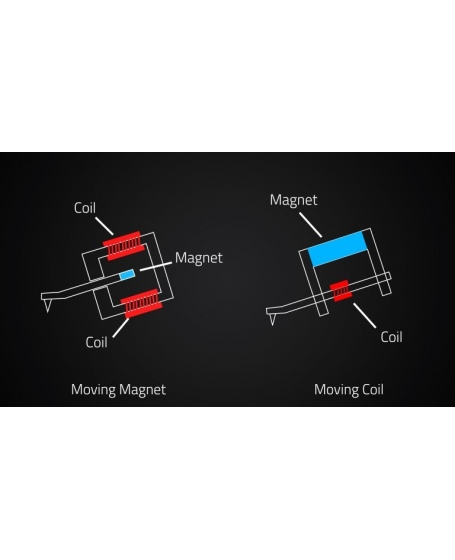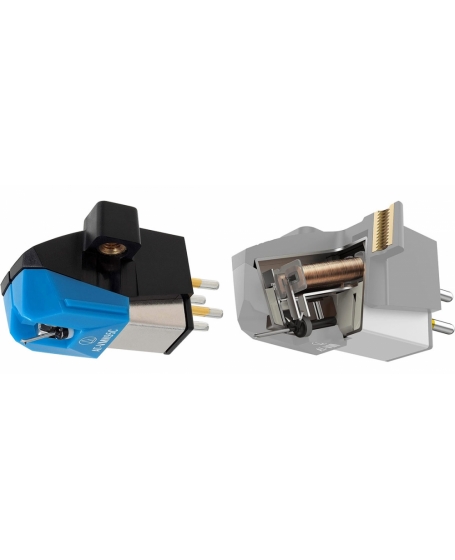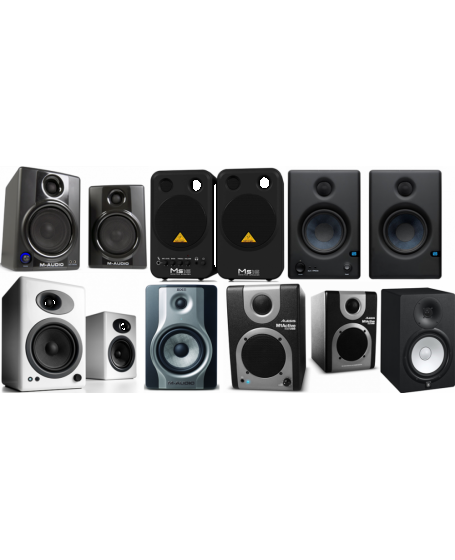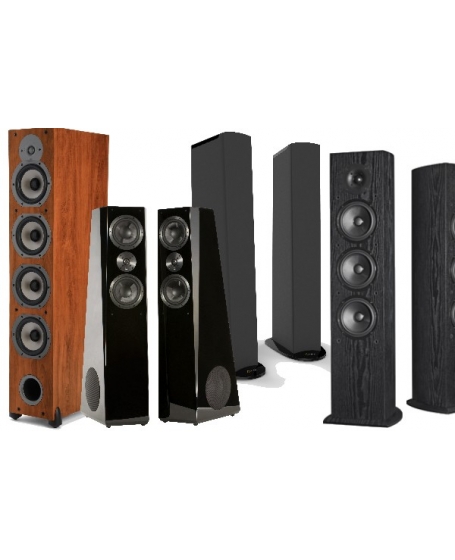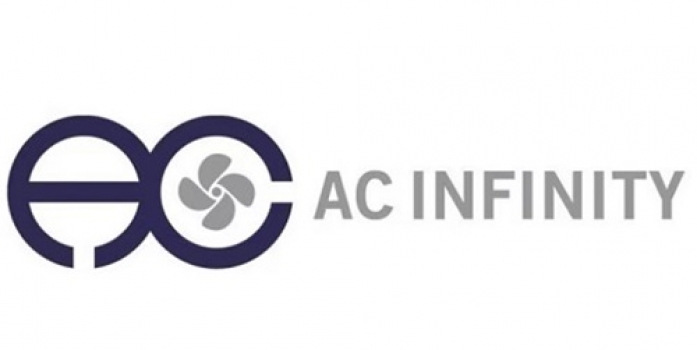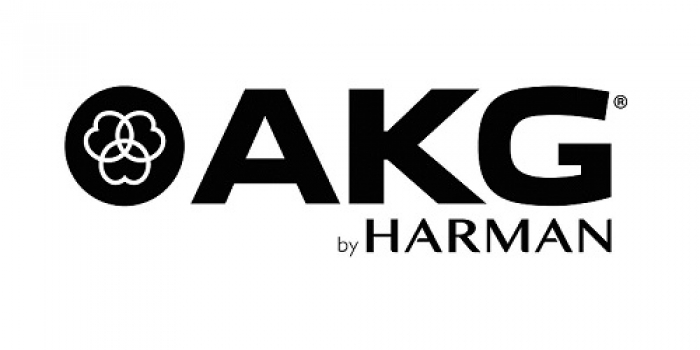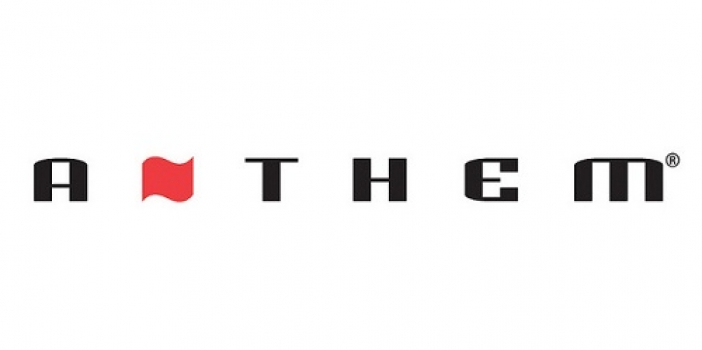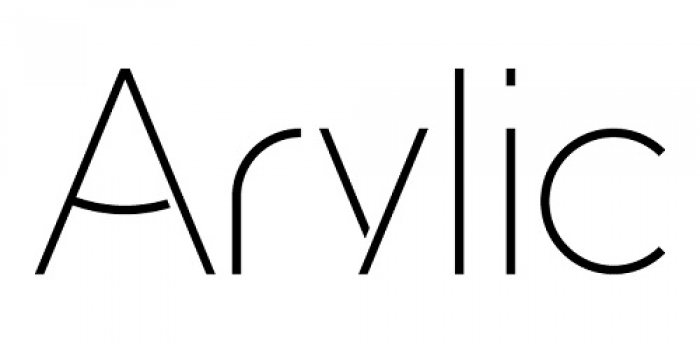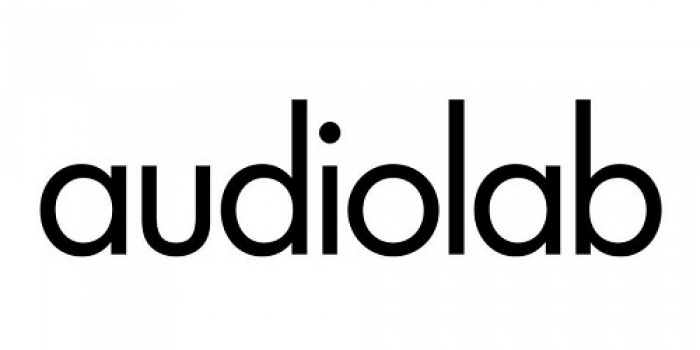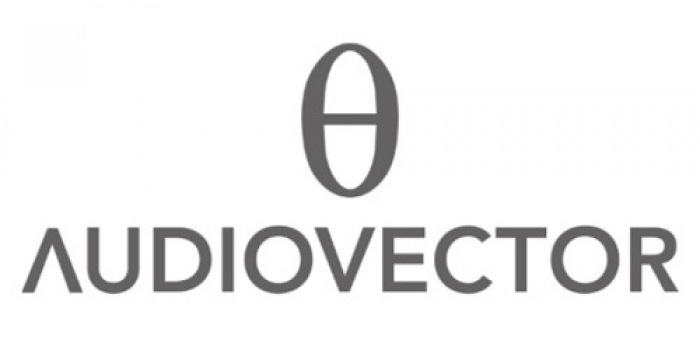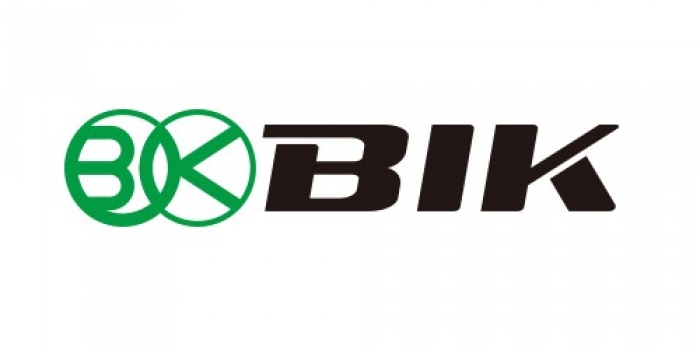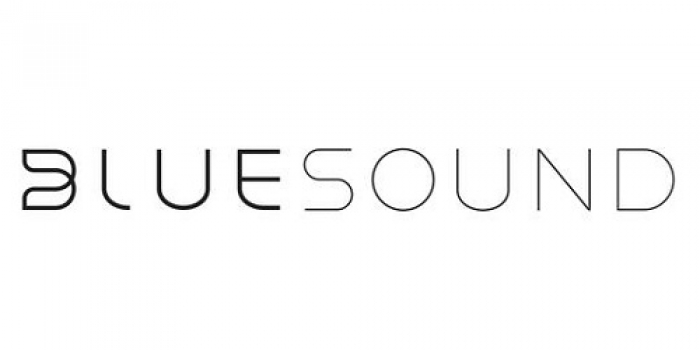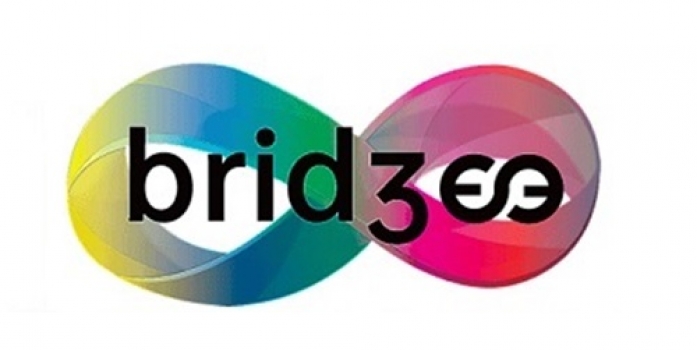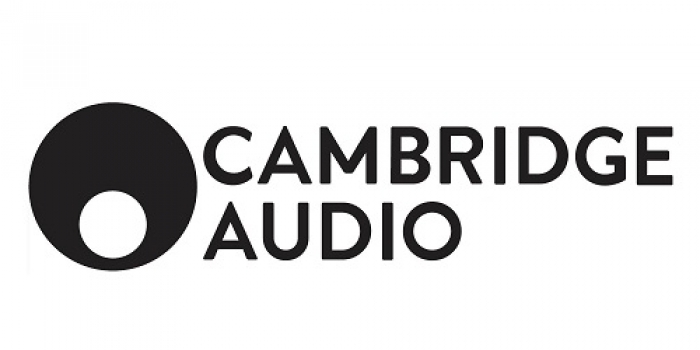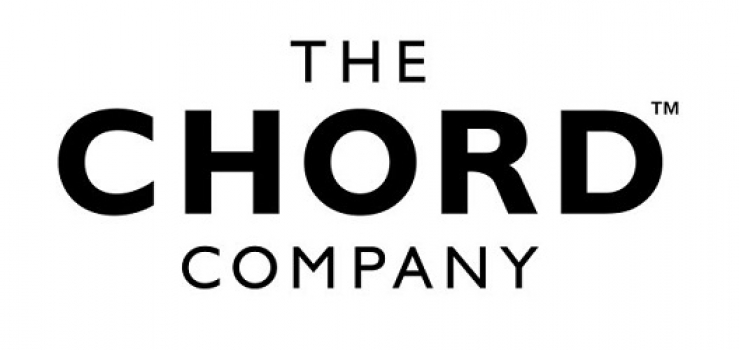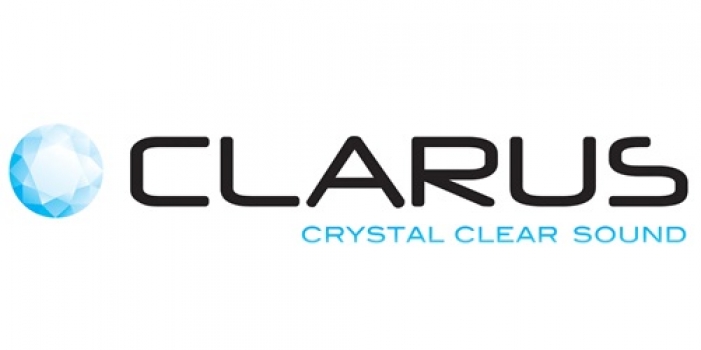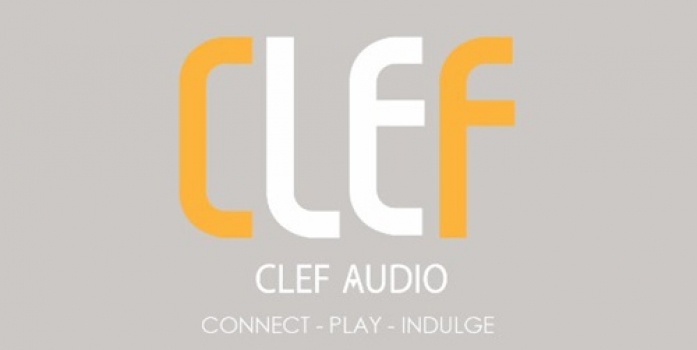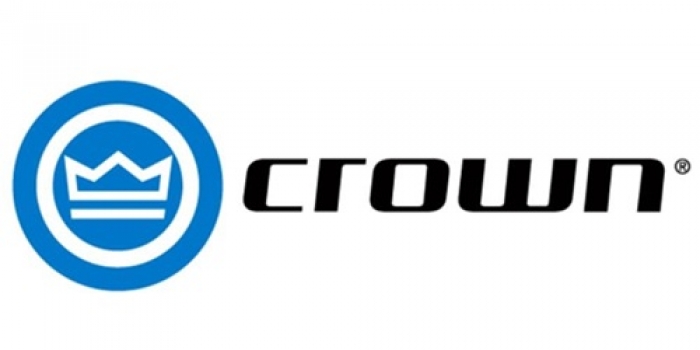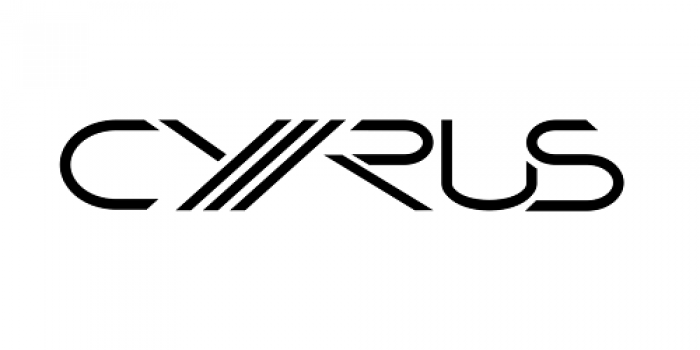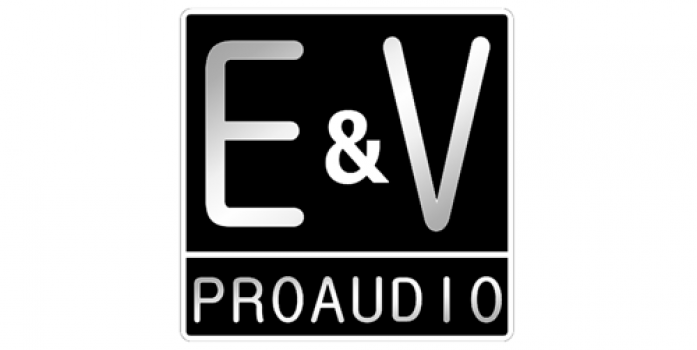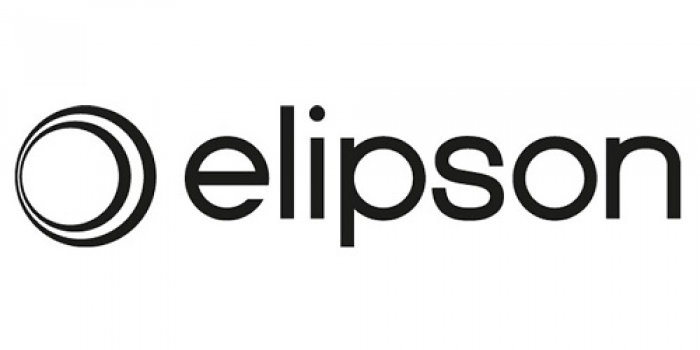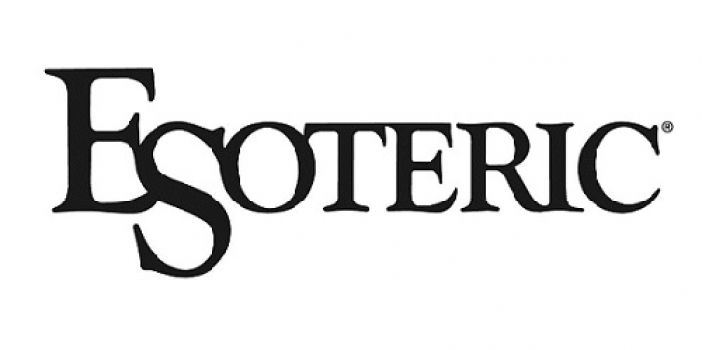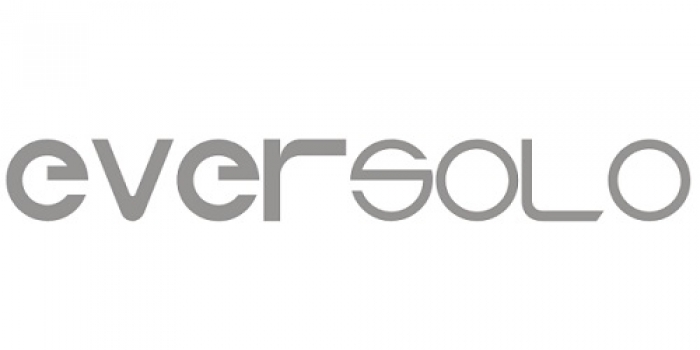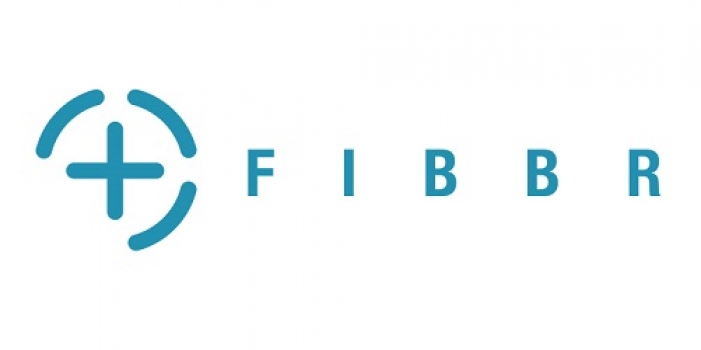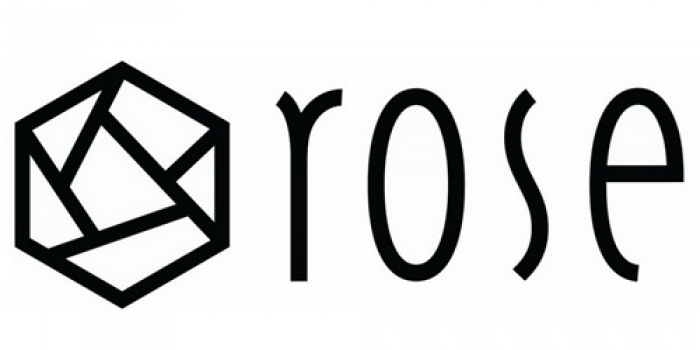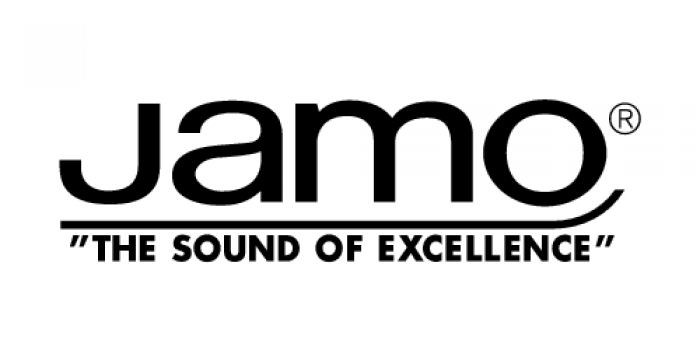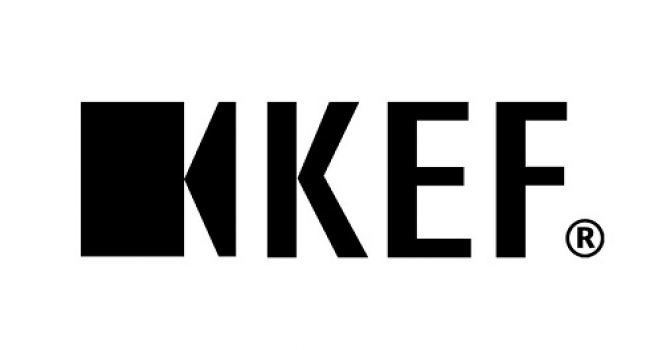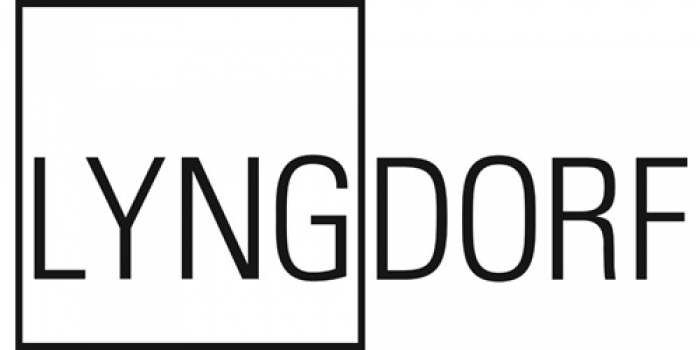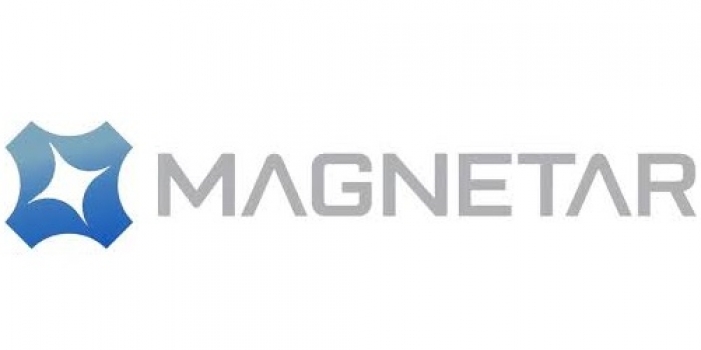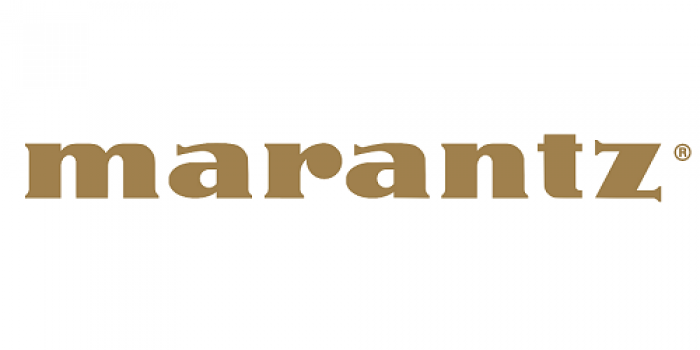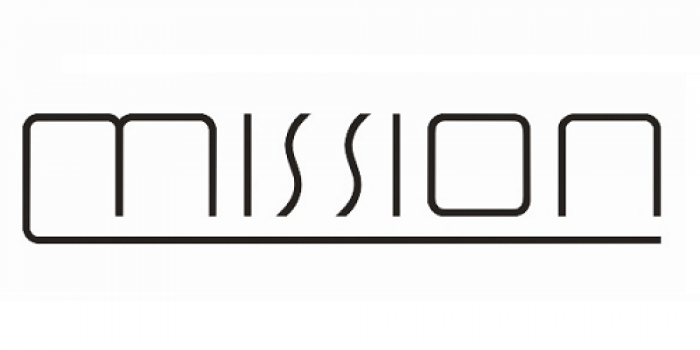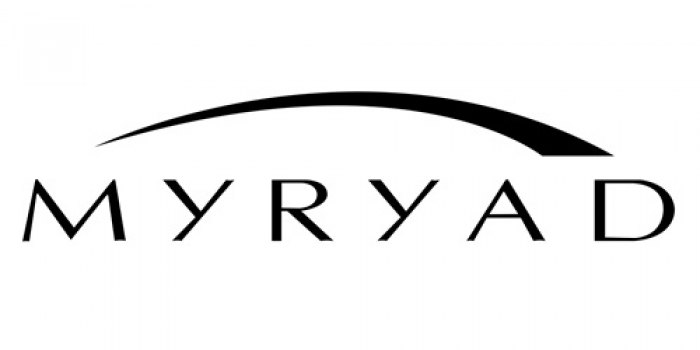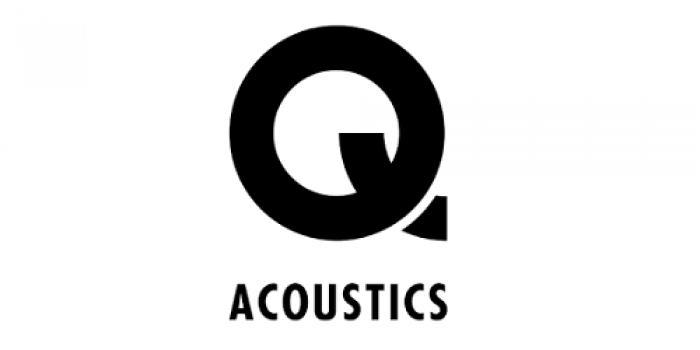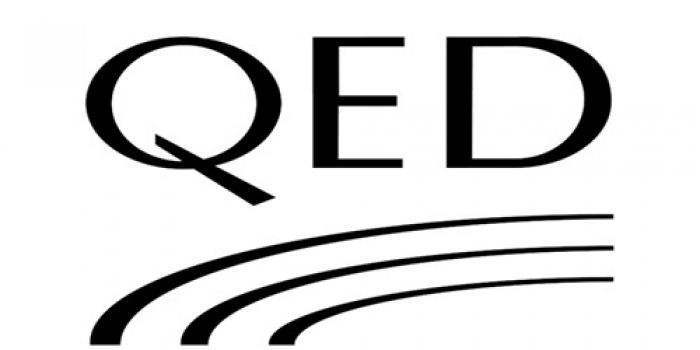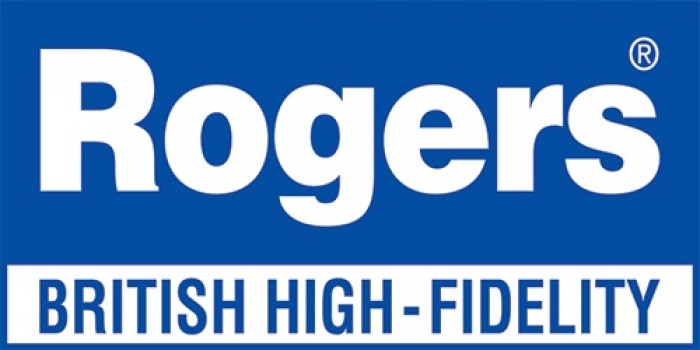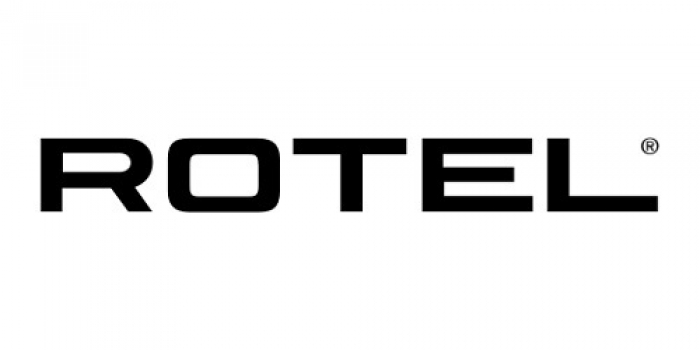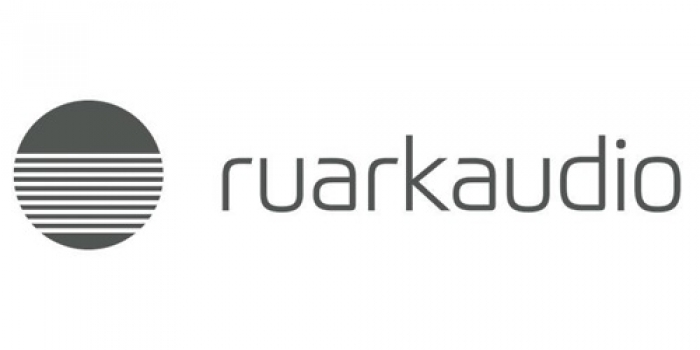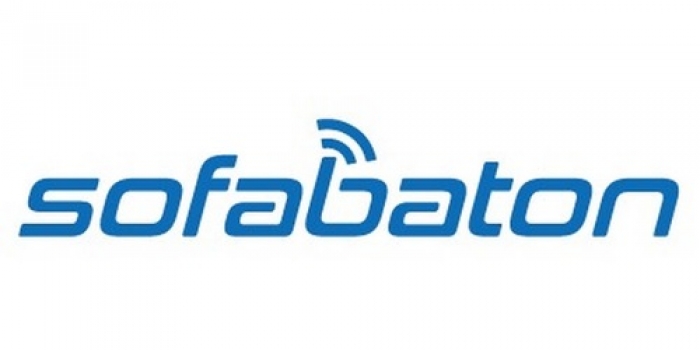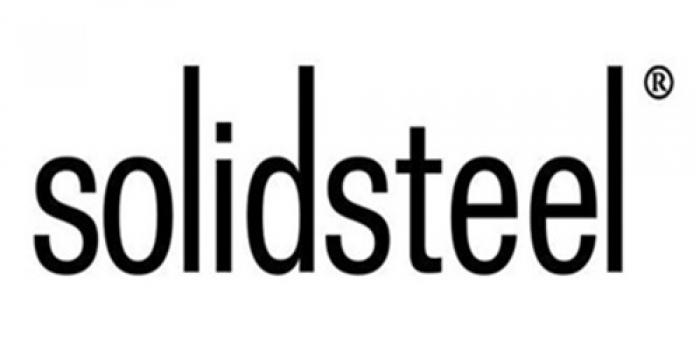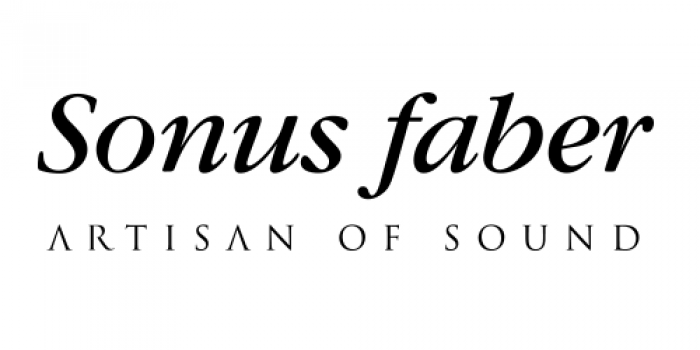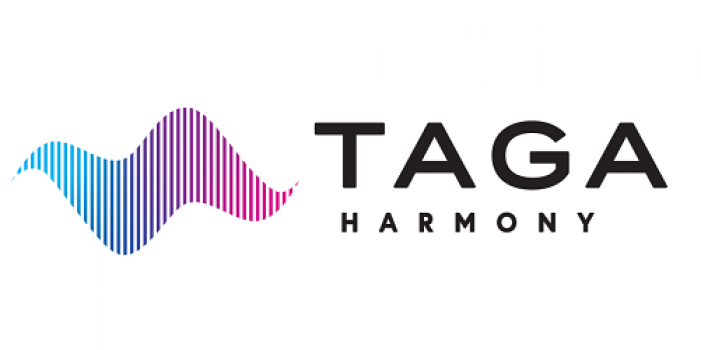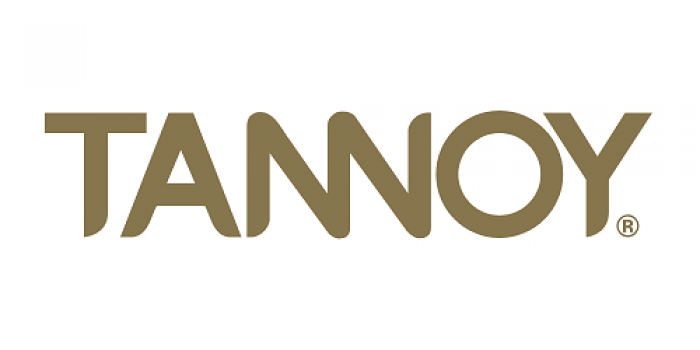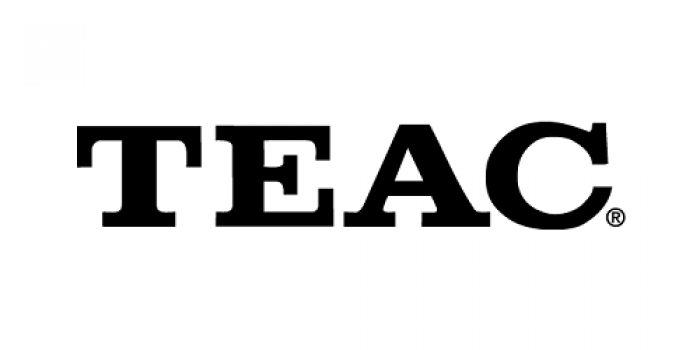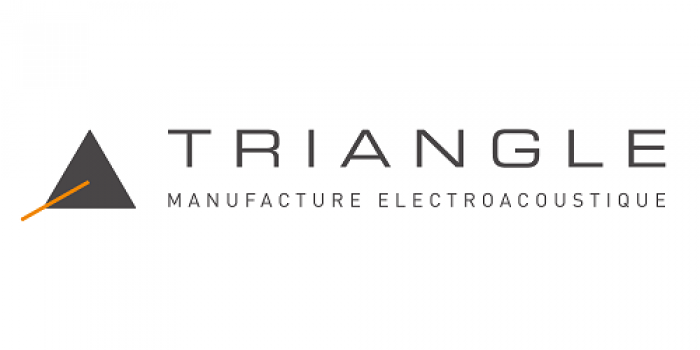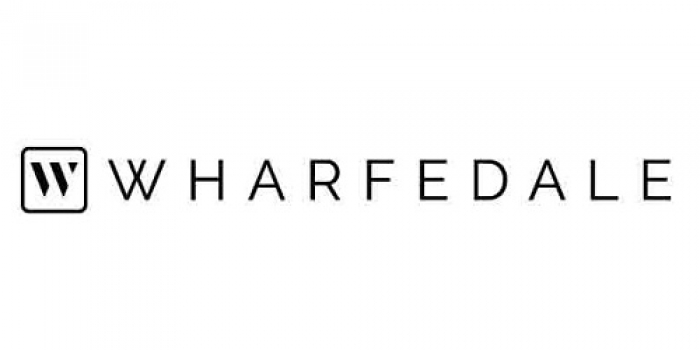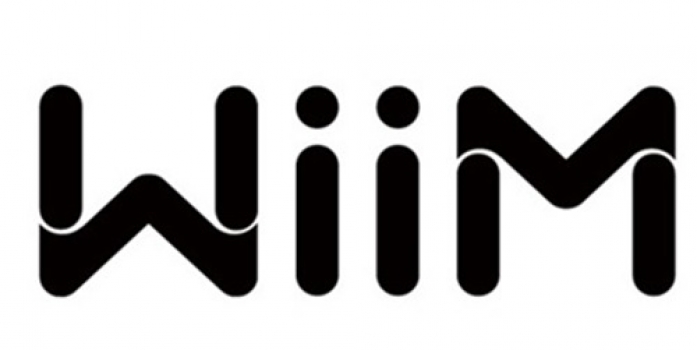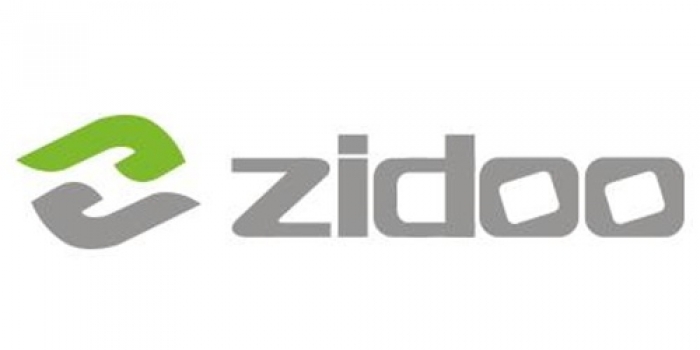(Z) TEAC UD-505 USB DAC/Headphone Amplifier (PL) - Sold Out 30/03/25
SKU: TEAC UD-505 (PL)Used In Excellent Condition
TEAC UD-505
USB DAC/Headphone Amplifier
Dual monaural USB DAC/headphone amplifier supporting DSD512 and PCM32/768
The UD-505 is a flagship dual monaural USB DAC with an integrated fully-balanced headphone amplifier, that fuses high-end audio design concepts and TEAC’s decades of audio design experience, in an A4-sized footprint.
For the ultimate digital-to-Analog performance
High-performance VERITA AK4497 DACs supporting DSD512 and PCM32/768
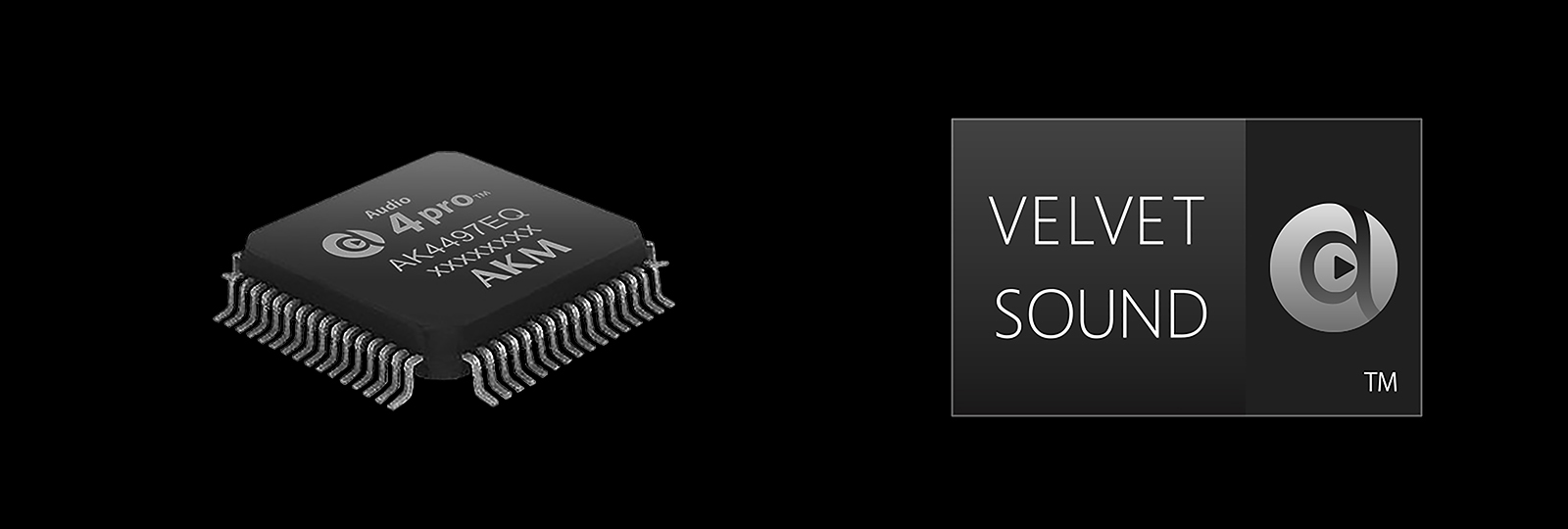
The UD-505 employs the latest VERITA AK4497 (developed by Asahi Kasei Microdevices) on each of the left and right channels. It is a highly-regarded high-end audio DAC, and supports DSD512 (22.5MHz) and 768kHz/32-bit PCM formats, achieving industry-leading ultra low distortion levels. OSRD (Over-sampling Ratio Doubler) technology, meanwhile, significantly reduces out-of-band noise. As a result, the UD-505 has the refinement necessary to make the most of Hi-Res formats, successfully processing information that lies outside the audible range.
* The AK4497 is the flagship product of the Asahi Kasei Microdevices Audio4pro™ family, which has been developed for professional audio equipment and high-end digital audio.
Dual monaural circuit design and fully-balanced design
A dual monaural circuit configuration is used throughout, from the power supply (including power transformers), to the D/A converters in the digital section and the Analog output stage. From the high-performance VERITA AK4497 D/A converters to the massive toroidal-core power transformers, each element is configured for single channel processing. This prevents mutual interference effects while reproducing a rich acoustic expressiveness.
In addition, the Analog audio signals of both the left and right channels are processed in full balanced mode soon after the D/A converters all the way to the output terminal, contributing to an improved S/N ratio and extended dynamic range. This allows the fantastic sense of air that Hi-Res formats possess to be processed and conveyed without any losses.
High-quality wireless audio streaming via Bluetooth®
In addition to conventional SBC and AAC codecs, the UD-505 also supports LDAC™ (24/96 Hi-Res audio transmission), and Qualcomm® aptX™ HD, a codec that uses 24/48 format transmission. These allow you to playback playlists on your smartphone and tablet wirelessly.

Dual on-board clocks for 44.1k and 48kHz, and external clock input
Instead of referencing to an unstable and noisy PC clock during USB audio playback, a more accurate and on-board clock is generated by a high-precision, low phase-noise, audio-grade crystal oscillator for USB asynchronous transfer mode. The UD-505 accommodates two on-board clocks exclusively for 44.1kHz and 48kHz sampling frequencies and applies the appropriate one to incoming digital signals - those that are multiples of 44.1k or 48k - to reproduce identical sound to the original by eliminating jitter effects on the audio signal.
In addition, an external 10MHz clock input is also provided, to synchronise with an even higher-precision master clock generator, such as the TEAC CG-10M, for yet further upgraded audio playback with excellent sound quality.
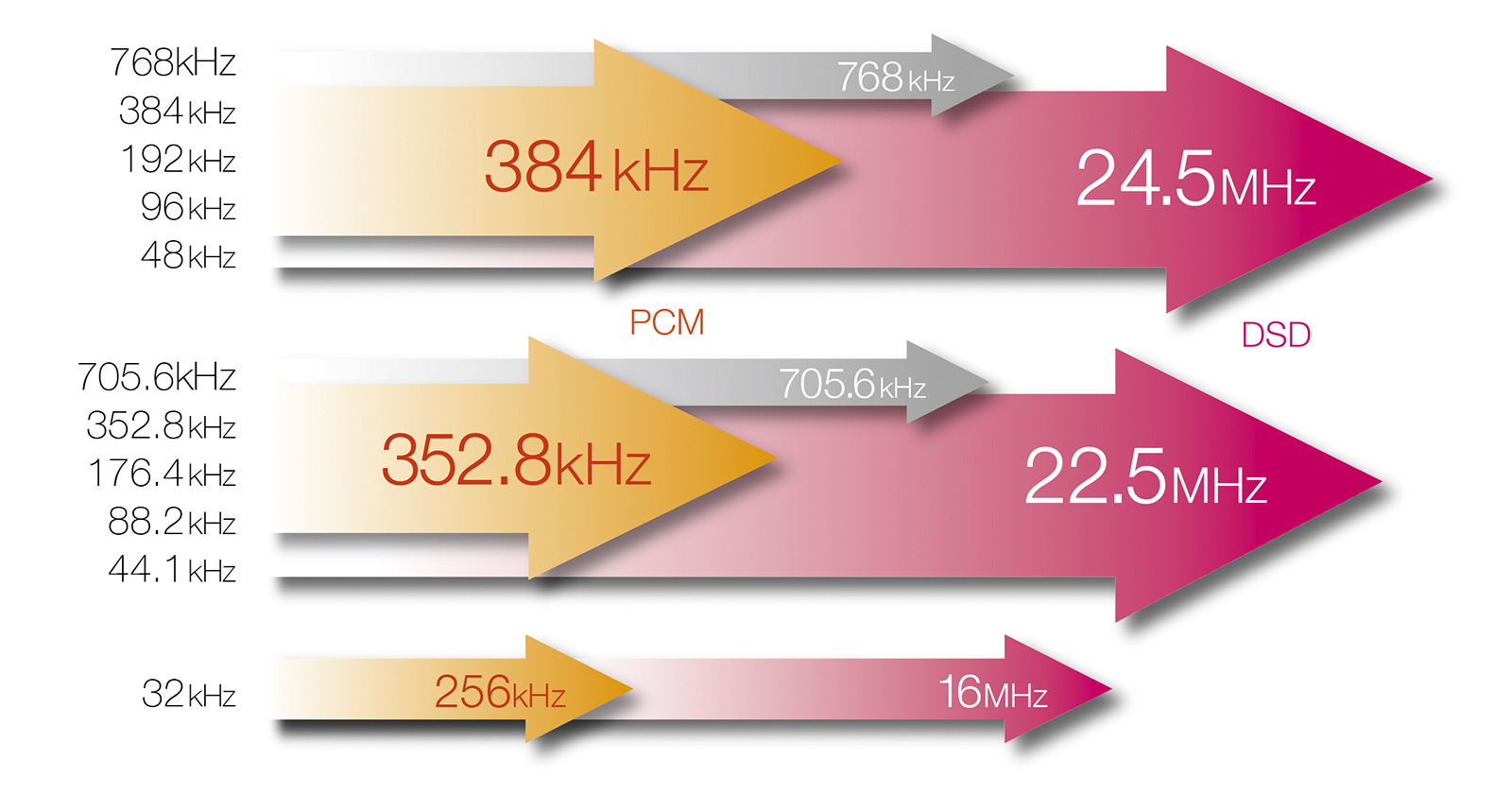
Up-conversion up to 384kHz/32-bit PCM and 24.5MHz DSD
Employing RDOT-NEO (Refined Digital Output Technology NEO), a fluency algorithm that renders digital audio signals smoothly, the UD-505 up-converts PCM digital signals up to 384kHz/32-bit PCM and 24.5MHz DSD. With the up-conversion function activated, you will hear an improvement in quality, even with music that you are familiar with.

"Bulk Pet" USB transfer technology for enhanced audio quality
When transferring large volumes of digital data for Hi-Res audio sources through USB cables using conventional isochronous transfer mode, large variations can occur in the processing loads of the sending computer and the receiving USB DAC. This can cause sound to drop out and other problems to occur. However, with our new USB transmission technology - dubbed "Bulk Pet" - a fixed amount of data is transmitted constantly, levelling out the processing burden on both devices and contributing to stable data transmission. Changing the processing burden on the computer directly affects audio quality so users can select the setting they prefer (from four transmission modes).
* "Bulk Pet" is a registered trademark of Interface Corporation.
For more information about "Bulk Pet", please visit the Interface Corporation website.
https://www.itf.co.jp/prod/audio_solution/bulk-pet/bulk-pet-en
More digital filters than previous model
On the UD-505, there are two types of DSD filters and another five types of PCM digital filters, allowing you to apply the filter that best matches the file format or type of music you're listening to. The filter can be changed at the touch of a button on the remote control, allowing you to enjoy the different sonic nuances of each filter.
PCM digital filters
| Sharp Roll Off | FIR filter with a steep roll-off that sharply cuts signals outside the audio band |
| Slow Roll Off | FIR filter with a slow roll-off that gently cuts signals outside the audio band |
| Short Delay Sharp | Short delay filter with a steep roll-off that sharply cuts signals outside the audio band |
| Short Delay Slow | Short delay filter with a slow roll-off that gently cuts signals outside the audio band |
| Low Dispersion | Short delay filter with low dispersion that cuts signals outside the audio band |
* When receiving signals at 352.8 kHz, 384 kHz or higher, the digital filter will be disabled during processing regardless of the above setting.
DSD digital filter
| Narrow | Cut-off frequency of 39kHz (at 2.8M), 78kHz (at 5.6M), 156kHz (at 11.2M) or 312kHz (at 22.5M) |
| Wide | Cut-off frequency of 76kHz (at 2.8M), 152kHz (at 5.6M), 304kHz (at 11.2M) or 608kHz (at 22.5M) |
Isolated digital and Analog sections
In order to suppress interference between the digital and Analog sections, the UD-505 employs an independent power supply and ground circuit, so eliminating cross-interference in the signal path where digital and Analog sections connect. A digital isolator is employed at the input section to eliminate noise originating from any connected digital sources, including noise that is generated from the computer via USB, power line and the ground path. This isolation circuit also makes a significant improvement in the signal-to-noise ratio as well as the final sound quality.
Dual high-capacity toroidal-core power transformers
The dual monaural theme continues. Two over-sized high-capacity toroidal-core power transformers are employed in the UD-505, supplying stable, individual current sources for each of the left and right channels. This means neither channel will be affected by changes in the power consumption of the other during digital processing.
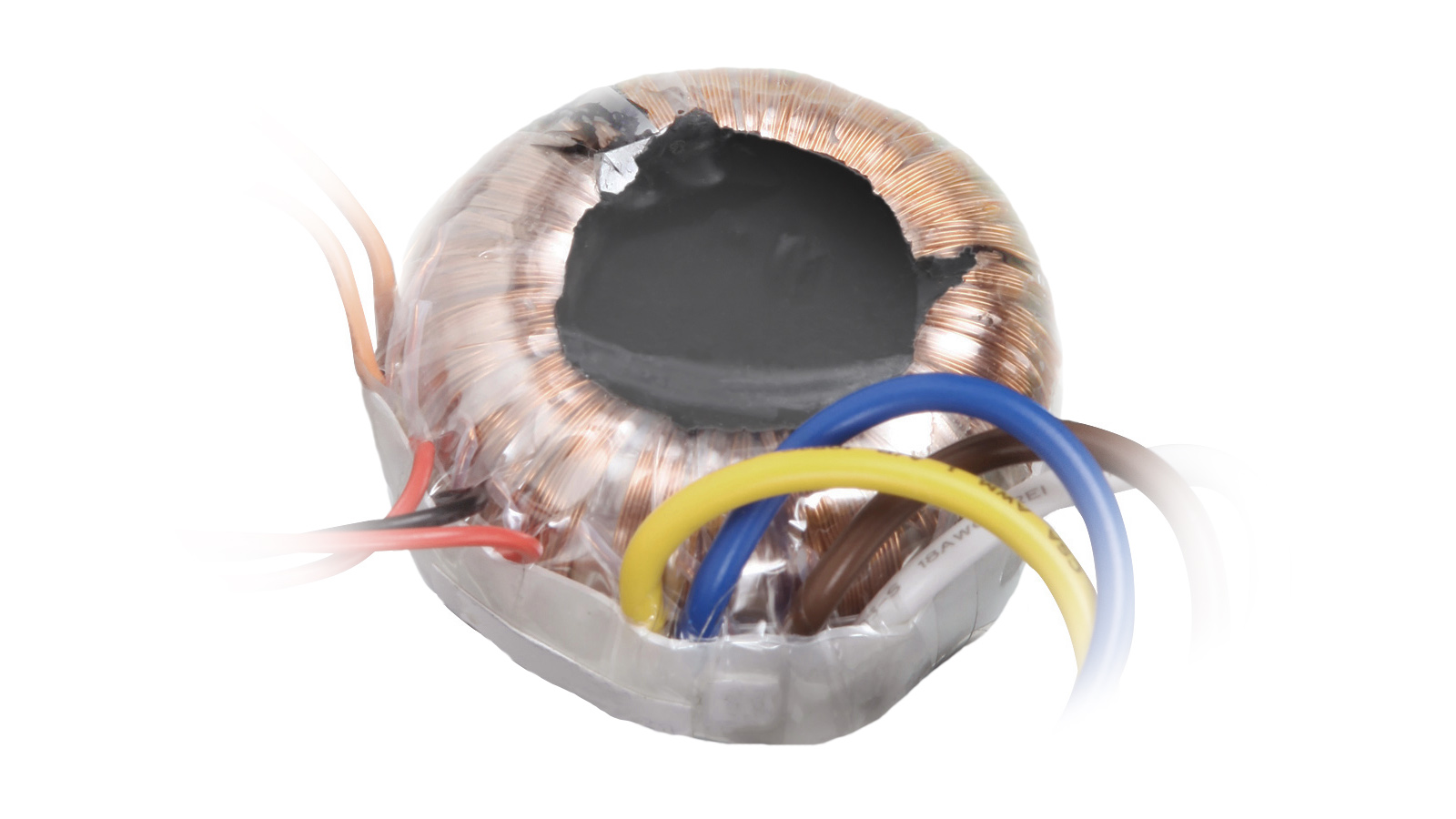
Further enhanced Analog output circuitry
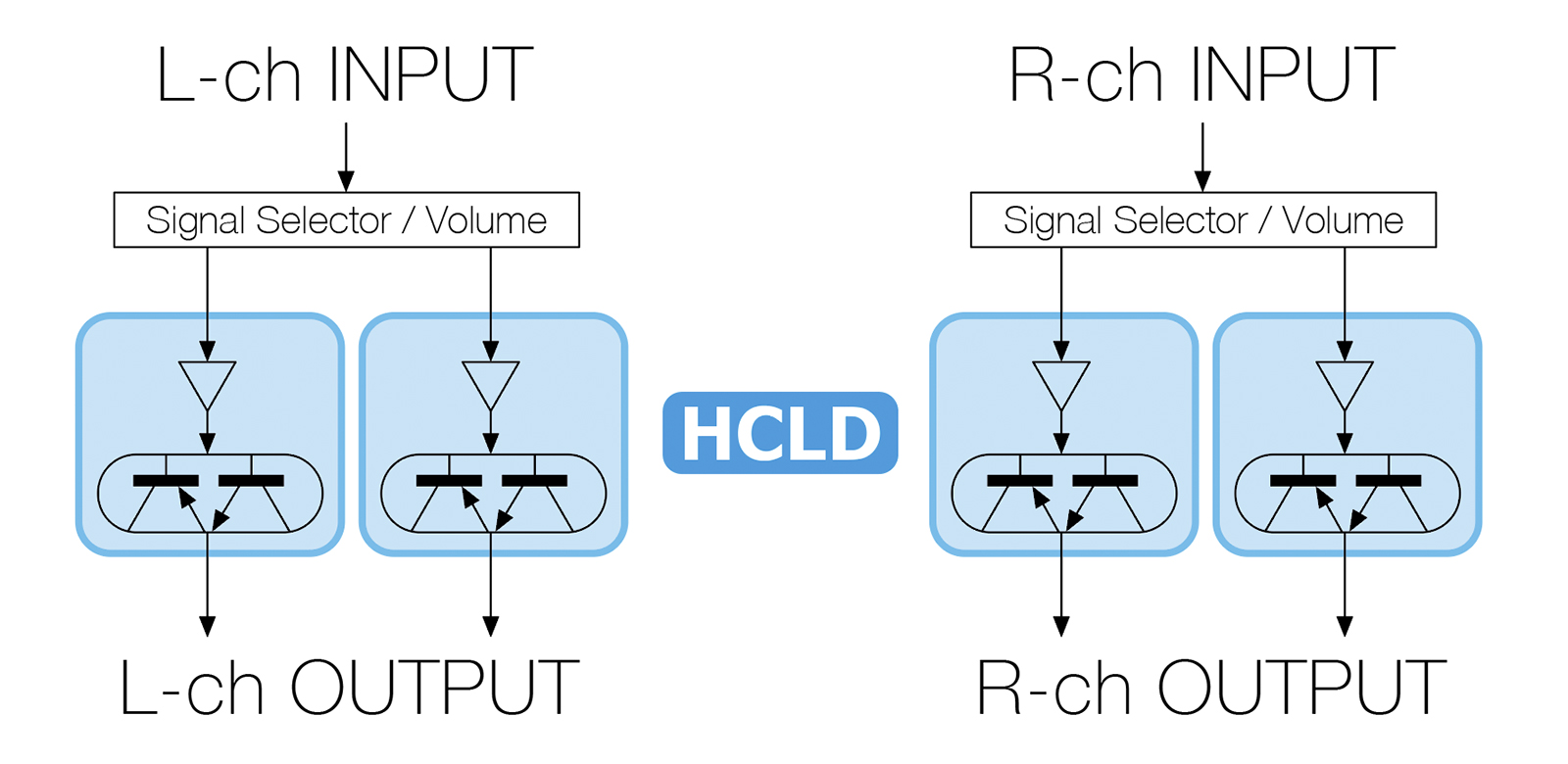
Unique TEAC-HCLD output buffer amp circuits
At the heart of Analog section are TEAC-HCLD (High Current Line Driver) buffer amp circuits, designed to enhance current supply. Each channel employs two identical buffer amps that process differential drive for balanced output, and parallel drive for unbalanced output. By increasing the current supply to the buffer amp section, the Analog audio signal is passed to the next step without any loss of dynamism.
TEAC-QVCS high-precision volume control with four circuits
processing performance, a wide range of Analog/digital inputs, and fixed/variable level XLR (balanced) and RCA (unbalanced) outputs. These allow you to build a fully-fledged hi-fi system around the UD-505 with a stereo amplifier/pair of monaural power amplifiers and floorstanding speakers, or a simplified system based on a pair of active speakers
The TEAC-QVCS (Quad Volume Control System) is a precise volume control design incorporated in the pre-amp section. This circuit employs four sets of variable gain-amps controlling volume for left, right, positive and negative (L+, L-, R+, R-). Each variable gain-amp is located on a simplified signal path which helps eliminate interference noise by creating a shorter signal path.
In addition, the TEAC-QVCS provides precise volume control in 0.5dB steps in "dB" display mode, or 100 steps in "step" display mode.
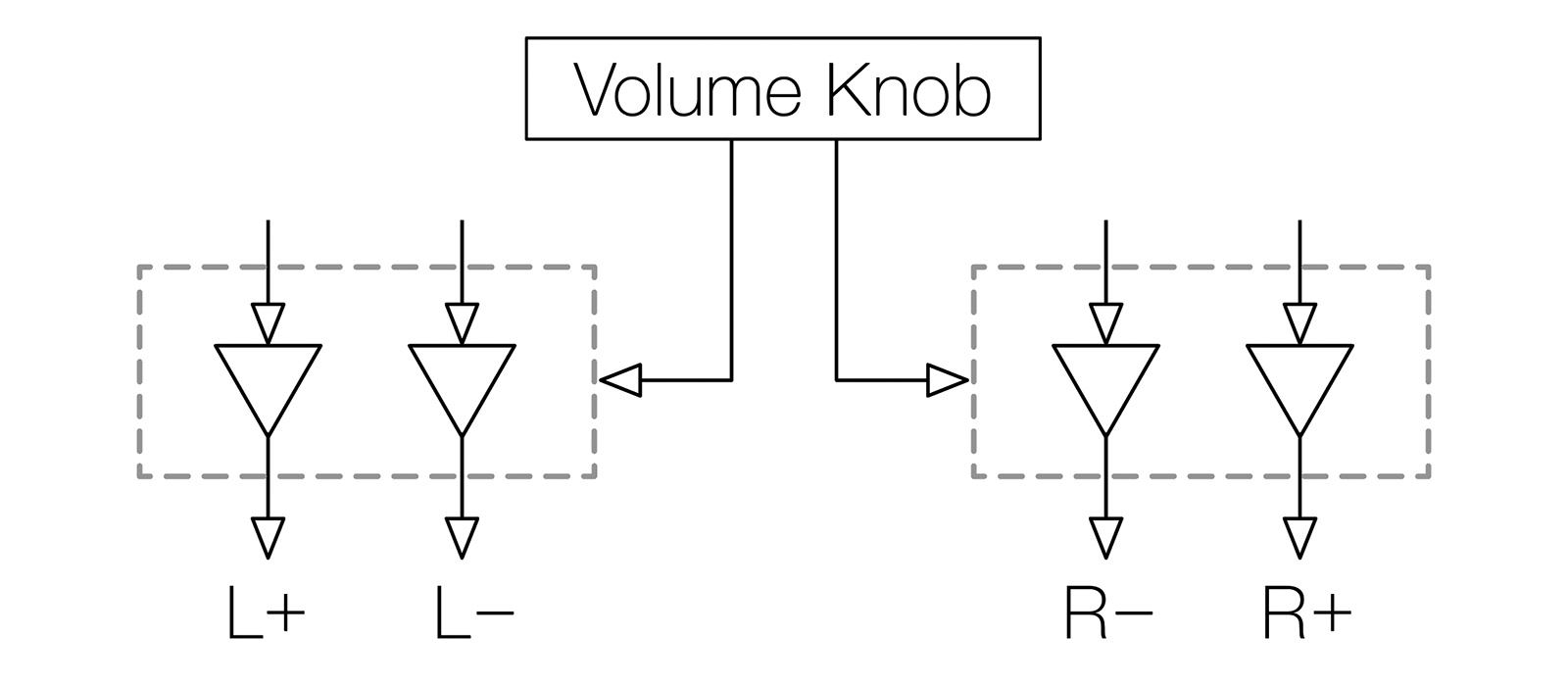
Designed to bring out the maximum potential of your headphones
Discrete circuit design with balanced drive
The UD-505's headphone amplifier circuit provides balanced-drive by using the TEAC-HCLD circuit, - comprised of four output transistors for each left and right channel - for headphone output. Furthermore, by driving these transistors in parallel when a single-ended headphone is connected, the UD-505 delivers stronger driving power than most ordinary single-ended headphone amps provide. When listening to conventional headphones, it also operates in Class-A (by expanding the Class-A range of operation), despite using a Class-A/B amplifier. With challenging 600Ω high-impedance headphones for example, the UD-505 allows you to bring out the potential of these type of headphones.
Active-ground drive offers a new headphone drive mode
The active-ground is a new driving mode that employs the principles of balanced connection. It forcefully drives the ground, by lowering the ground level to 0V, providing an ideal ground condition (rather than just connecting to the conventional ground) This means it also suppresses hum noise from the power supply and enhances the purity of silent pauses by lowering the noise floor. Subtle detail, such as the breathing of artists and the textures of sounds, will feel even more convincing.
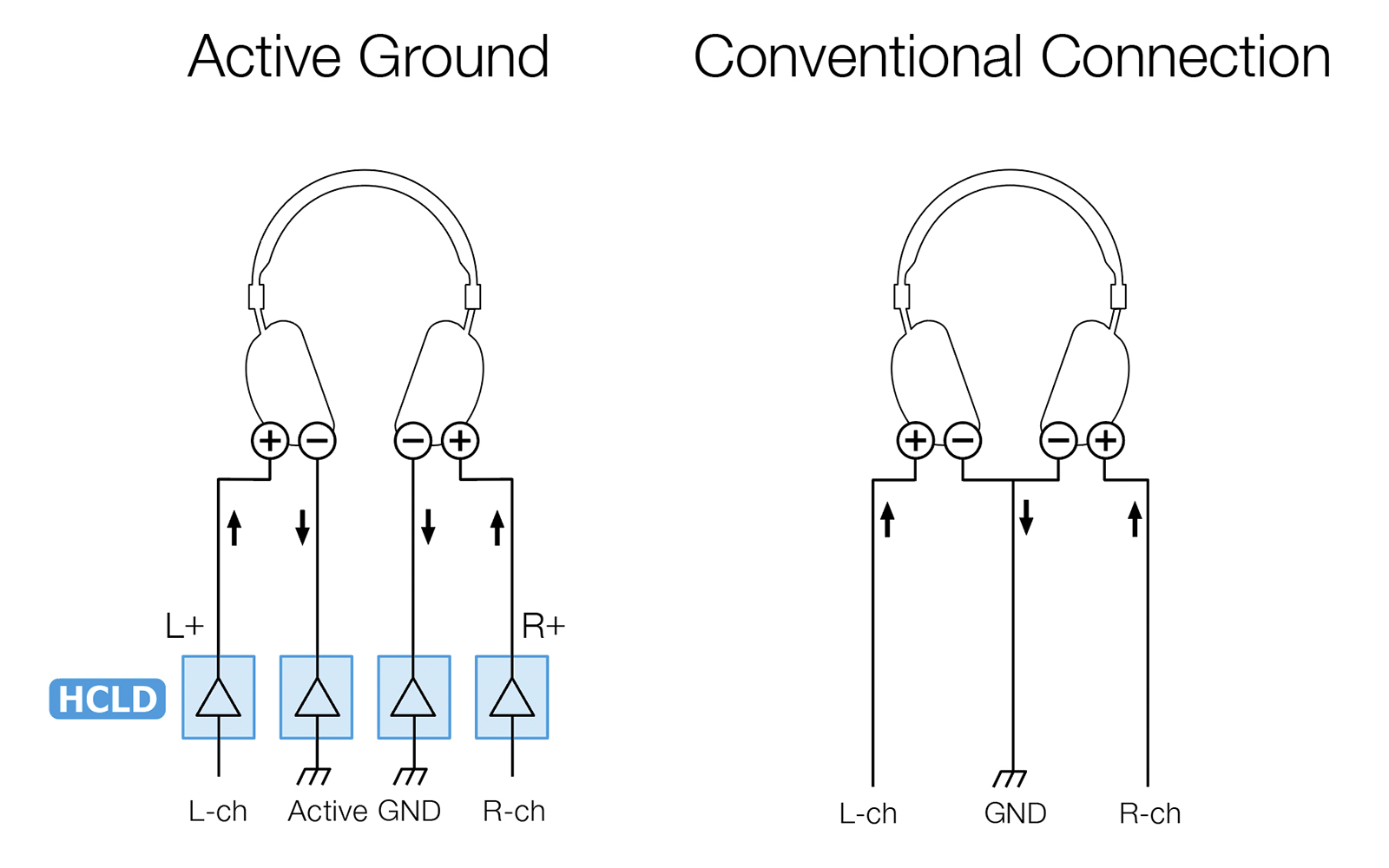

Pentaconn, a totally new single-plug connector for balanced headphone drive
In addition to the dual conventional 1/4" TRS jacks for balanced connection, the UD-505 employs a newly designed single headphone jack for balanced drive. The Pentaconn jack is a new 4.4mm 5-pole jack that has been developed by NIPPON DICS Co., Ltd, and complies the RC-8141C JEITA Standard, providing a single-jack solution for balanced headphones. More Pentaconn jack-equipped headphones and cables are expected in the near future.
Obsessively well-designed
Full-metal body for functionality and beauty
Just as with the successful Reference 503 series, the UD-505 employs aluminum-alloy panels - including iconic side guard-bars - and a robust metal chassis with a compact A4-size footprint* that completely matches with the 500 series and the new CG-10M master clock generator. The full metal construction isn't just beautiful, it's also functional. It's highly effective at isolating the internal circuits from electromagnetic noise.
* Not including connectors, knobs and other protruding parts.
Symmetrically laid out XLR and RCA output jacks
The UD-505 is equipped with both balanced and unbalanced Analog audio outputs. A pair of XLR connectors and another pair of RCA connectors - each gold-plated - are symmetrically laid out, hinting at the dual monaural arrangement inside, and allowing a wide range of possible audio configurations. A wide-spaced pitch layout for the RCA outputs accommodates professional grade plugs with large-diameter shells. The UD-505 has a total of 5 digital inputs: USB audio, coaxial, optical on the rear panel, and a combination jack on the front panel (for coaxial and optical, supporting PCM 24/192 and DSD64 in DoP format).
A pair of RCA Analog audio input connectors allow the UD-505 to function as a pre-amplifier equipped with a high quality and precision volume control (TEAC-QVCS).

Three-position, patent-registered "Pin-Point" feet for perfect stability
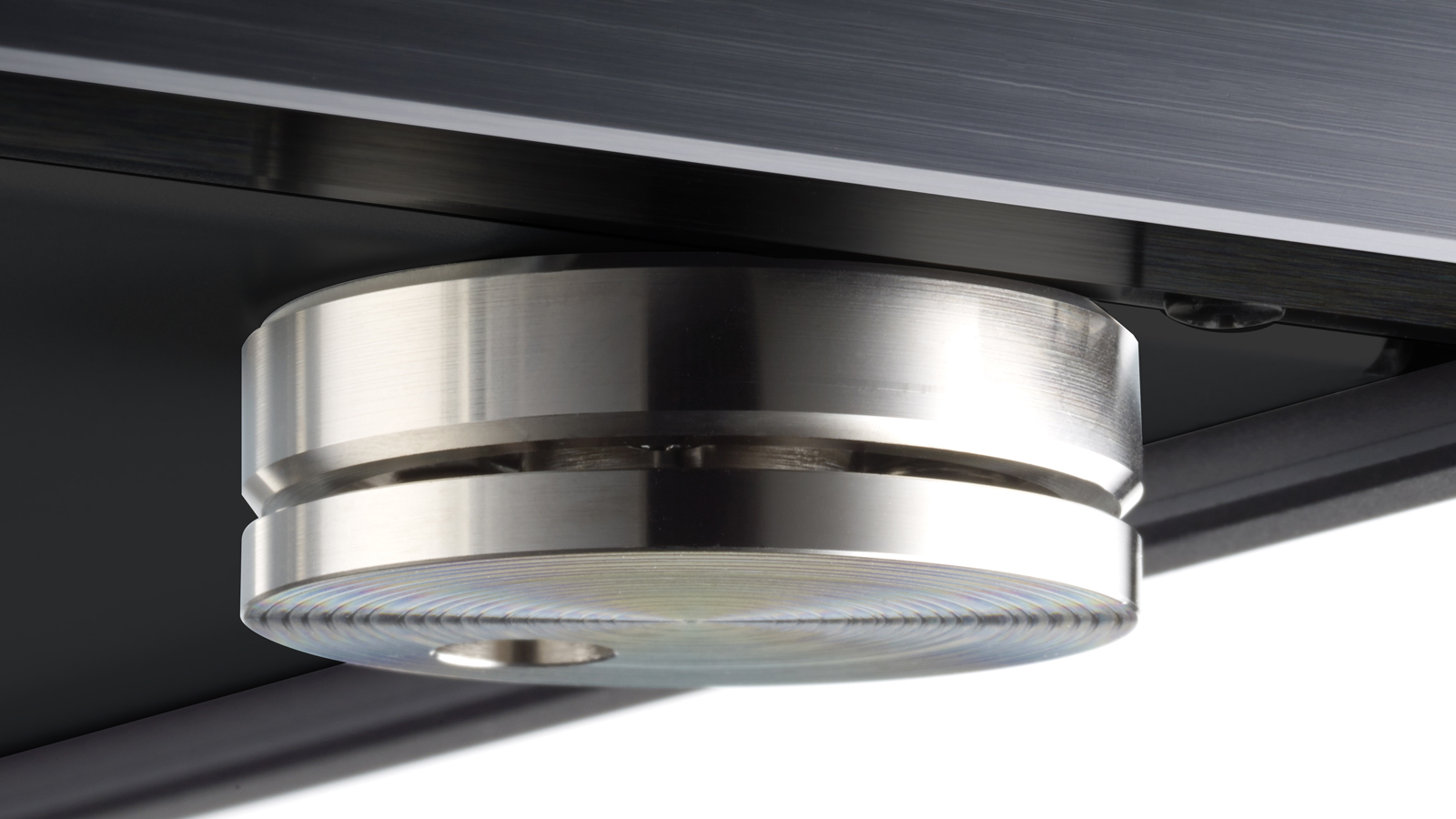 The UD-505 employs TEAC's patented "Pin-Point" feet. These ingeniously comprises two separated metal sections in a in an integrated housing. One is has a spiked top and is attached to the bottom of the chassis, the other is a basin-shaped base that hangs down from the spiked section with a flange-shaped cup to simply installation.
The UD-505 employs TEAC's patented "Pin-Point" feet. These ingeniously comprises two separated metal sections in a in an integrated housing. One is has a spiked top and is attached to the bottom of the chassis, the other is a basin-shaped base that hangs down from the spiked section with a flange-shaped cup to simply installation.
Three "Pin-Point" foot are used for support, two at the front and one at the rear, for excellent stability, even on an uneven floor.
As a result, the three "Pin-Point" feet help improve the accuracy of clock oscillation by minimising vibrations and resonance. This, in turn, reduces mid and low frequency muddiness, improves the soundstage and enhances fine sound detail.
* Patent numbers 4075477 and 3778108
Full-dot OLED display with excellent visibility
A high contrast full-dot OLED (organic EL display) with 4-step dimmer is employed, for excellent visibility. Even better, a highly legible, large font size allows you to easily verify the volume level, input source and other information, even when sat at a distance.

Free TEAC HR Audio Player software for DSD512 playback on both Windows and Mac
The next-generation Hi-Res formats, DSD512 (22.5MHz) and PCM 768kHz/32-bit are supported via the TEAC HR Audio Player software for Windows and Mac. This software guarantees the best available playback quality with any combinations of audio format and computer configurations via a single USB cable. All the user has to do is choose the UD-505 from the pull-down menu showing target output devices.The TEAC HR Audio Player is available from TEAC's web site, and is completely free to use.
* Use on a Windows computer requires a free driver, also provided by TEAC.
Spec description
| Supported formats | |
| USB input | |
| PCM | 16/24/32 bit 44.1k/48k/88.2k/96k/176.4k/192k/352.8k/384k/705.6k/768k Hz |
| DSD | 2.8M/5.6M/11.2M/22.5M Hz |
| Coaxial digital input | |
| PCM | 16/24 bit 32k/44.1k/48k/88.2k/96k/176.4k/192k Hz |
| DSD | 2.8MHz(supported with 176.4kHz/24-bit DoP format) |
| Optical digital input | |
| PCM | 16/24 bit 32k/44.1k/48k/88.2k/96k/176.4k/192k Hz |
| DSD | 2.8MHz(supported with 176.4kHz/24-bit DoP format) |
| DAC section | |
| USB DAC | Asahi Kasei Microdevices AK4497×2 |
| Up-conversion | up to 384kHz/32-bit PCM, 22.5MHz DSD |
| Digital filters | |
| PCM filters | Sharp Roll Off, Slow Roll Off, Short Delay Sharp, Short Delay Slow, Low Dispersion, off |
| DSD cutoff frequencies | Narrow : 39kHz (at 2.8M), 78kHz (at 5.6M), 156kHz (at 11.2M) or 312kHz (at 22.5M) Wide : 76kHz (at 2.8M), 152kHz (at 5.6M), 304kHz (at 11.2M) or 608kHz (at 22.5M) |
| Audio inputs | |
| USB | USB B port, USB 2.0, asynchronous mode transfer, bulk transfer |
| Compatible Software | TEAC HR Audio Player (Windows, Macintosh) |
| COAXIAL digital (rear) | RCA pin×1 (gold-plated) |
| Input level | 0.5Vp-p |
| Input impedance | 75Ω |
| Optical digital (rear) | TOS-link×1 |
| Input level | -24.0 to -14.5dBm peak |
| Coaxial digital (front) | 1/8” (3.5mm) mini*×1 (combined with optical digital input, detected automatically) |
| Input level | 0.5Vp-p |
| Input impedance | 75Ω * 1/8” Mini - RCA conversion cable included. |
| Optical digital (front) | 1/8” Mini Optical*×1 (combined with coaxial digital input, detected automatically) |
| Input level | -24.0 to -14.5dBm peak |
| Analog (rear) | RCA pin×1 pair (gold-plated) |
| Input impedance | 24kΩ |
| Input sensitivity | 130mV |
| Bluetooth® | |
| Bluetooth® version | 4.0 |
| Output class | Class2 (Range: approx. 33ft/10m) |
| Supported profiles | A2DP, AVRCP |
| Content protection | SCMS-T |
| Supported codec | LDAC™, Qualcomm® aptX™ HD, aptX™, AAC, SBC |
| No. of paired device | maximum 8 devices |
| Audio outputs | |
| XLR balanced | XLR×1 pair (gold-plated) |
| Output level | Fixed (0dB), fixed (+6dB), variable, output off (selectable) |
| Maximum output leve | 2.0Vrms (1kHz, full scale, into 10kΩ, when set to fixed (0dB)) 4.0Vrms (1kHz, full scale, into 10kΩ, when set to fixed (+6dB)) 12.0Vrms (1kHz, full scale, into 10kΩ, when set to variable) |
| Output impedance | 188Ω |
| RCA unbalanced | RCA pin×1 pair (gold-plated) |
| Output level | Fixed (0dB), fixed (+6dB), variable, output off (selectable) |
| Maximum output leve | 2.0Vrms (1kHz, full scale, into 10kΩ, when set to fixed (0dB)) 4.0Vrms (1kHz, full scale, into 10kΩ, when set to fixed (+6dB)) 6.0Vrms (1kHz, full scale, into 10kΩ, when set to variable) |
| Output impedance | 150Ω |
| Headphone outputs | |
| Connector 1 | 1/4” (6.3mm) TRS stereo jacks×2 (gold-plated) |
| Polarity (balanced) | Tip: HOT, Ring: COLD, Sleeve: NC (GND) |
| Polarity (unbalanced) | Tip: L, Ring: R, Sleeve: GND |
| Connector 2 | 4.4mm 5-pole Pentaconn×1 (gold-plated) |
| Polarity (balanced) | Tip: L+, Ring1: L-, Ring2: R+, Ring3: R-, Sleeve: GND |
| Maximum output | |
| Balanced | 700mW + 700mW (into 32Ω) |
| Unbalanced | 500mW + 500mW (into 32Ω×1) 350mW + 350mW(into 32Ω×2) |
| Active ground | 500mW + 500mW (into 32Ω) |
| Supported impedances | 16 to 600Ω |
| Clock section | |
| Internal clock | |
| Type | Crystal oscillator |
| Number of clocks | 2 (44.1kHz and 48kHz) |
| External clock input | |
| Connector | BNC (gold-plated) |
| Input frequency | 10MHz |
| Input impedance | 50Ω |
| Input level | Rectangle wave: equivalent to TTL levels Sine wave: 0.5 to 1.0 Vrms |
| Audio performance | |
| Frequency Response | 10 to 80,000 Hz (+1/-3 dB, 192kHz PCM input, RCA output, digital filter off) |
| Total harmonic distortion | 0.002% or less (192kHz PCM input, RCA output, digital filter off) |
| S/N ratio | 110dB or higher (192kHz PCM input, RCA output, digital filter off) |
| Power supply | |
| US/Canada | AC 120V 60Hz |
| UK/Europe | AC 220 to 240V 50Hz |
| Power consumption | 18W (0.4W in standby) |
| dimensions (including protrusions) | 290(W)×84.5(H)×248.7(D) mm / 11.4”(W)×3.3”(H)×9.8”(D) |
| Weight | 4.2kg / 9.3lbs |




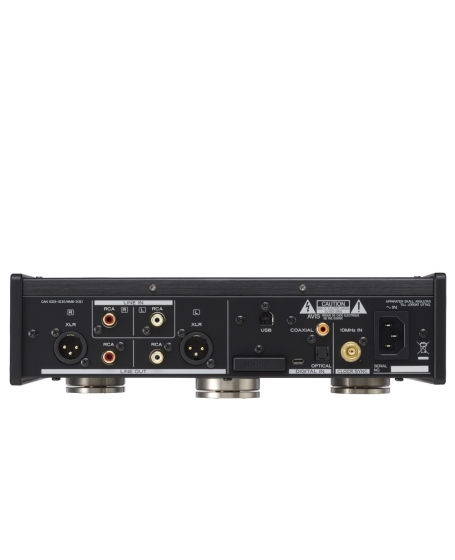
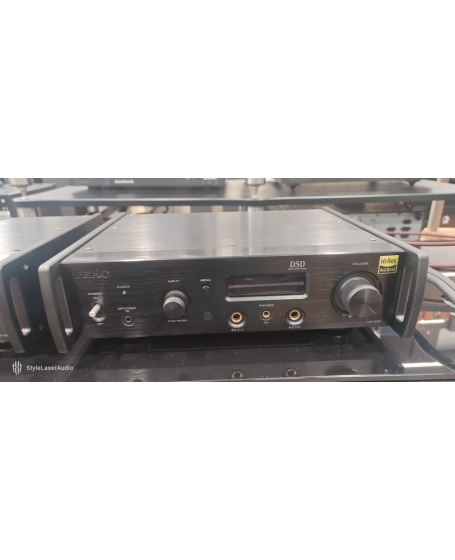

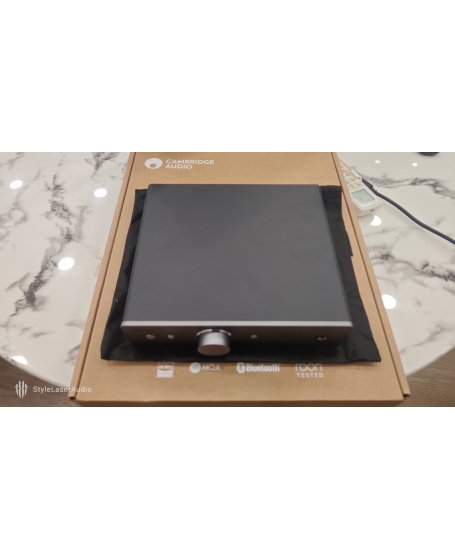

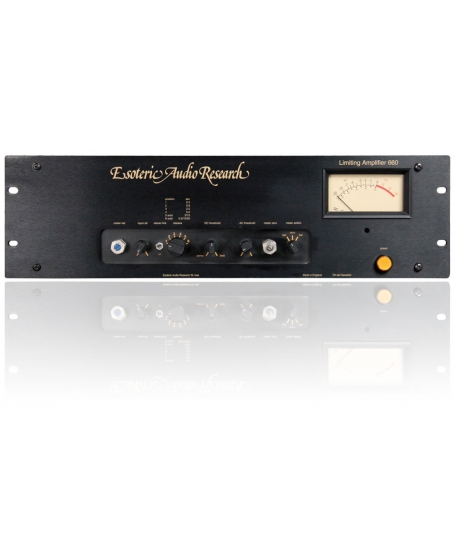
.jpg)
